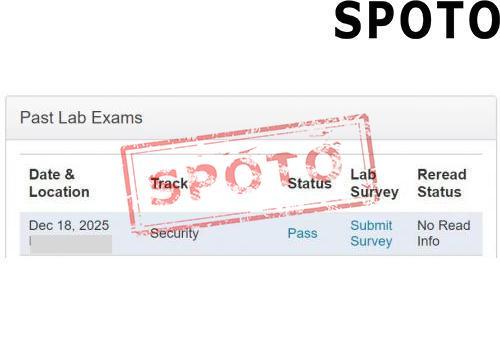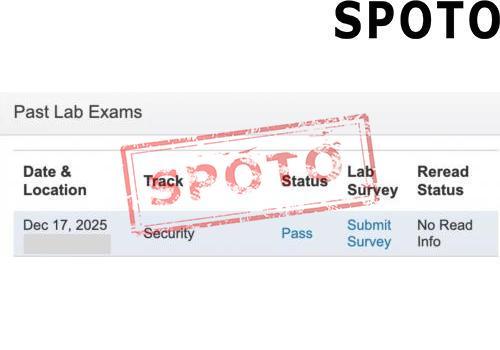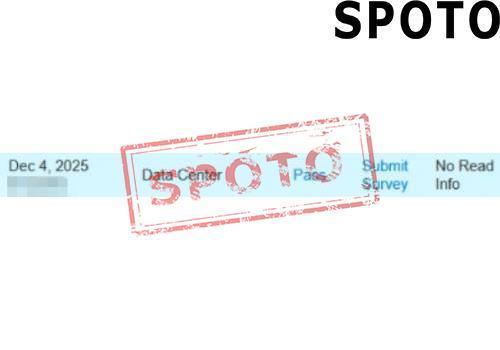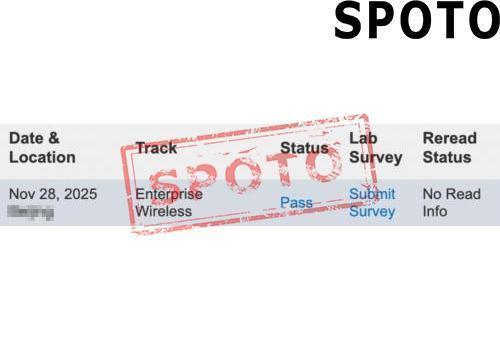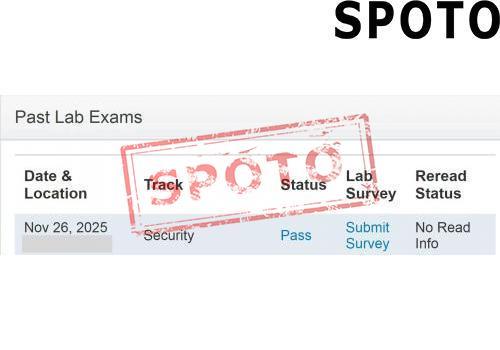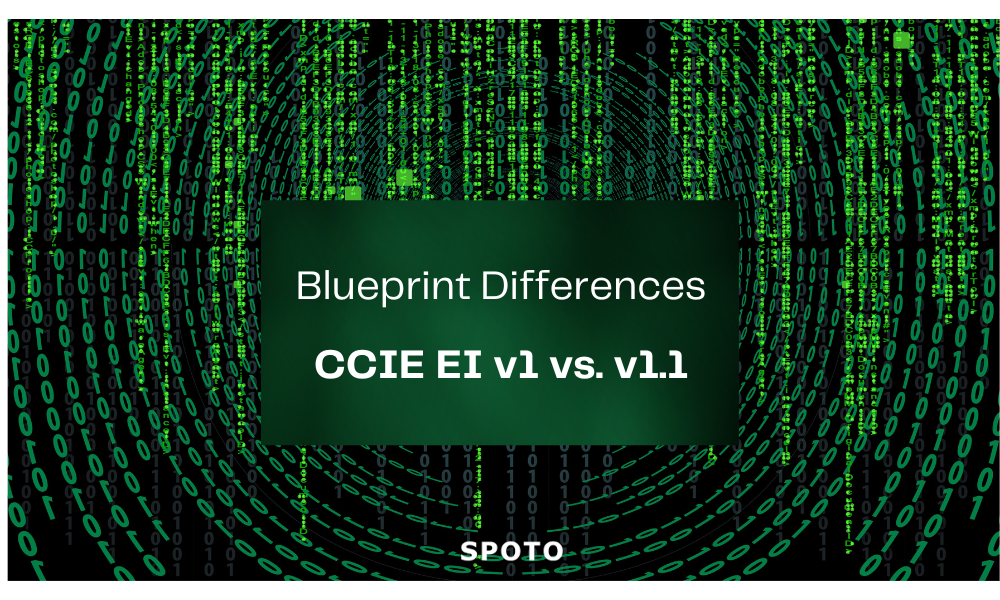
Table of Contents
In the rapidly evolving technology landscape, continuous learning and adaptation are essential for professional competitiveness, especially in network infrastructure. The Cisco Certified Internetwork Expert (CCIE) Enterprise Infrastructure (EI) certification must reflect current and future trends to ensure practitioners can manage the complexities of modern enterprise networks.
Technological advancements, such as Software-Defined Networking (SDN), Network Functions Virtualization (NFV), cloud computing, and the Internet of Things, have fundamentally changed network design and operations. This requires engineers to understand not just traditional hardware and protocols, but also software-defined architectures and programming.
Cybersecurity threats also continue to evolve, making it crucial for the CCIE EI certification to incorporate the latest security technologies and best practices.
Regular updates to the exam syllabus ensure the certification remains relevant, introducing new topics while removing outdated content. Cisco's recent CCIE EI overhaul emphasizes automation, programming, and software-based networking - critical skills for professionals seeking to stay ahead of the curve.
CCIE EI Certification Overview
The Cisco Certified Internetwork Expert (CCIE) Enterprise Infrastructure (EI) certification is a professional-level networking credential offered by Cisco. It is designed for network engineers seeking to demonstrate expertise in designing, implementing, and maintaining scalable networking solutions. As one of the industry's most prestigious networking certifications, CCIE EI represents an individual's advanced proficiency in network technology. It also serves as an important consideration for enterprises seeking high-end network talent, symbolizing the holder's deep understanding of the latest networking technologies, trends, and problem-solving abilities in enterprise-grade environments.
Tech's Impact on CCIE EI Certifications
Rapid technological developments, particularly in software-defined networking (SDN), cloud computing, cybersecurity, and automation, have significantly impacted the content of the CCIE EI certification. As enterprise networking demands shift from basic connectivity to greater flexibility, security, and automation, the CCIE EI exam syllabus must be updated to incorporate the understanding and application of these emerging technologies. These advancements have not only changed network infrastructure design and management but also created new skills requirements for network engineers.
Importance of Exam Syllabus Updates
To maintain the relevance and authority of the CCIE EI certification, regular exam syllabus updates are essential. These updates allow the certification to reflect current technology developments and industry needs, ensuring that certificate holders' skills align with the latest networking technologies and best practices. Additionally, updating the exam syllabus helps eliminate outdated content, keeping the CCIE EI certification relevant to the realities of modern enterprise network environments. In this way, the CCIE EI certification continues to serve as a reliable standard for measuring the skill and knowledge level of networking professionals.
Through continuous updates and improvements, the CCIE EI certification maintains its industry leadership and helps networking professionals advance their career potential by acquiring the most up-to-date skills. As technology continues to evolve, the reform of the CCIE EI certification remains an ongoing, dynamic process designed to provide cyber professionals with a clear career path and enhance their attractiveness in the competitive job market by validating their professional competencies.
Blueprint Differences: CCIE EI v1 & v1.1
Understanding and adapting to these certification changes is essential for network experts aspiring to maintain their competitive edge.
The main differences between CCIE EI v1 and v1.1 are as follows:
1. Enhanced focus on SDN technology: CCIE EI v1.1 has increased the emphasis on Software-Defined Networking (SDN) technology, especially SD-Access and SD-WAN. Cisco recognizes SDN as a key technology in network engineering, and this focus is expected to continue growing over the next 3-5 years.
2. Adjustments to the Exam Blueprint: Version 1.1 further clarifies and expands the Exam Blueprint, introduces new Blueprint tasks to ensure the relevance of the Exam, and phases out some older products and technical solutions that are less relevant.
3. Software and hardware version updates: The laboratory environment supporting the v1.1 version has modified the equipment and software versions used to ensure consistency with current technology developments.
4. Specific changes in exam content:
- Network infrastructure: The v1.1 release removes certain topics like VLAN databases and VTP, and introduces new topics such as identifying multichassis EtherChannel use cases.
- Software-defined infrastructure: This segment was overhauled, and Cisco SD-Access and Cisco SD-WAN tasks were reorganized to provide a more concise list of knowledge.
- Infrastructure security and services: Minor changes and clarifications have been made, with overall similarity to the v1.0 release.
- Infrastructure automation and programmability: New topics have been added, such as YAML and Jinja, and some subtasks have been removed.
Prepare the CCIE EI Lab Exam with SPOTO
Preparing for the Cisco Certified Internetwork Expert (CCIE) Lab Exam can be a daunting task, but with the right resources, it can become a manageable and successful endeavor. This is where SPOTO's CCIE Lab Exam Dumps come into play, offering a reliable and accurate solution for candidates seeking to excel in their certification journey.
One of the key advantages of SPOTO's CCIE Lab Exam Dumps is their comprehensive coverage of the latest exam questions with solutions. This means that candidates can be assured they are preparing with the most up-to-date and relevant material, giving them the best possible chance of success.
Another notable feature of SPOTO's CCIE Lab Exam Dumps is the ability for candidates to practice in the cloud, eliminating the need for any physical equipment. This not only saves candidates from potential damage to their computers but also provides a convenient and accessible way to prepare for the exam.
SPOTO offers two types of practice environments to cater to different needs. The Virtual Rack Practice is used for Route/Switch (RS) lab exercises, while the Physical Rack Practice is utilized for practicing Software-Defined Networking (SDN)/Programming/Doo. This versatility allows candidates to tailor their preparation to their specific requirements, ensuring a well-rounded and effective study experience.
In addition to these features, SPOTO also provides experienced experts who offer professional guidance throughout the preparation process. These experts not only cover knowledge points but also provide valuable insights into the exam process, helping candidates approach the exam with confidence and clarity.
In conclusion, SPOTO's CCIE Lab Exam Dumps offer a comprehensive and reliable solution for candidates looking to excel in their certification journey. With their accurate and up-to-date material, convenient practice environments, and expert guidance, candidates can approach the CCIE Lab Exam with confidence and readiness.
